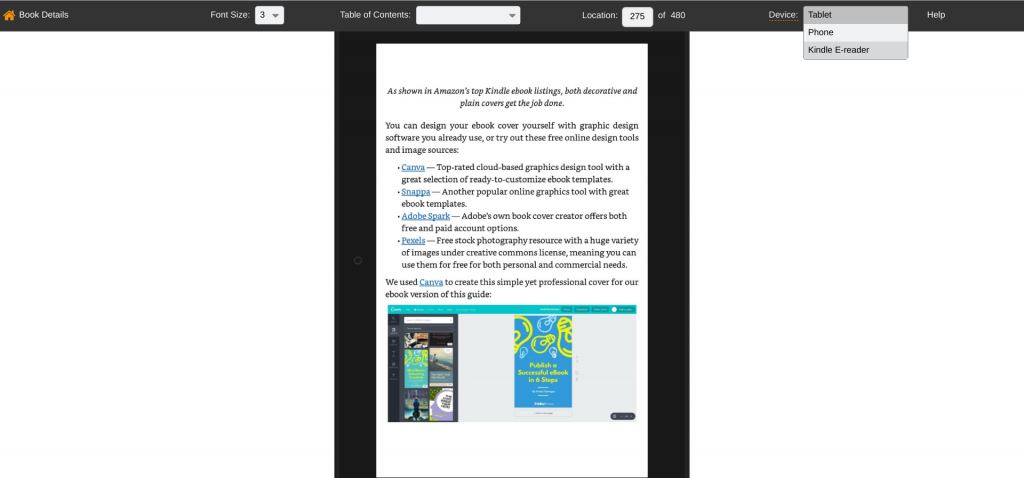

There’s a good chance you’ve been interested in writing a book of your own, so I enlisted Noam Lightstone to share with you his experience, and in particular share his 10 biggest Kindle mistakes that he made when publishing his first book. I have friends that are making 5 figures monthly, by building their small publishing empire. Over the last two years one of the biggest trends I’ve seen, is people having success self-publishing books on Kindle. Not all retail channels accept fixed-layout titles, so if achieving the widest possible distribution of your publication is vital you may be better opting for a standard format approach.Blogging » Self Publishing: Become an Author
KINDLE TEXTBOOK CREATOR FORMAT PLUS
However, the appearance of these elements plus more standard features such as font size, will depend upon the device/platform that the eBook is being viewed on, and the personal settings of the person reading the book. You can click on the images to see a larger version (screenshots taken on a Kindle Fire HD):Īs you can see in the examples, standard formats can include images (colour and greyscale), embedded fonts, tables, bullet lists and formatted text.


Virtually all fiction titles and non-fiction such as biographies, business books, memoirs are produced as reflowable formats. Standard/Reflowable formatsĪlso known as fluid eBooks, reflowable formats are the most common type of eBook and are suitable for publications that are mainly text and have fairly simple page layout. If you would like help or more information please send us your files and we will get back to you asap.

The information below is aimed at helping you understand the differences between the two approaches and decide which type of eBook is most suitable for your project. This does not apply to Kindle fixed-layout titles using the Kindle Textbook Creator format. IMPORTANT NOTE: Amazon has started to delist fixed-layout titles in the KF8 format if the text is considered too small (4mm high) when viewed on a Kindle Fire device – view more details. However, for some books deciding which approach to take can be a more difficult choice as the content may work in either standard or fixed-layout formats. Illustrated children’s books, recipe/cookery books, photographic titles and coffee table books are usually produced using fixed-layout eBook formats. So, a fixed layout book may not look as intended if seen on an e-ink reader like the Kindle or Kobo models that are designed to display books that are mostly text.įor most publications it is a very straightforward decision fiction titles (except highly illustrated children’s books), and non-fiction titles such as biographies, memoirs, historical titles, and business guides, are almost always reflowable formats. These eBooks are designed for devices and apps that can display them properly. Amazon now accepts ePubs, Mobi files are not required.įixed-layout files can be uploaded to most retailers, and the different variations include Kindle Print Replica, KF8, Kindle Textbook Creator and Kindle Comics for Amazon, ePub3 (Apple, Google, Kobo, Overdrive and some other channels) and Page Perfect, NOOK Kids and NOOK Comics (Barnes & Noble). There are two main types of eBook – standard/ reflowable formats and fixed-layout formats, and it is important to understand both before deciding which format you would like for your book.ĮPub Reflowable eBook files can be uploaded to all retailers and will work on the widest number of eReading devices. The first step in turning your publication into an eBook is to decide which eBook format is most appropriate for your project.


 0 kommentar(er)
0 kommentar(er)
